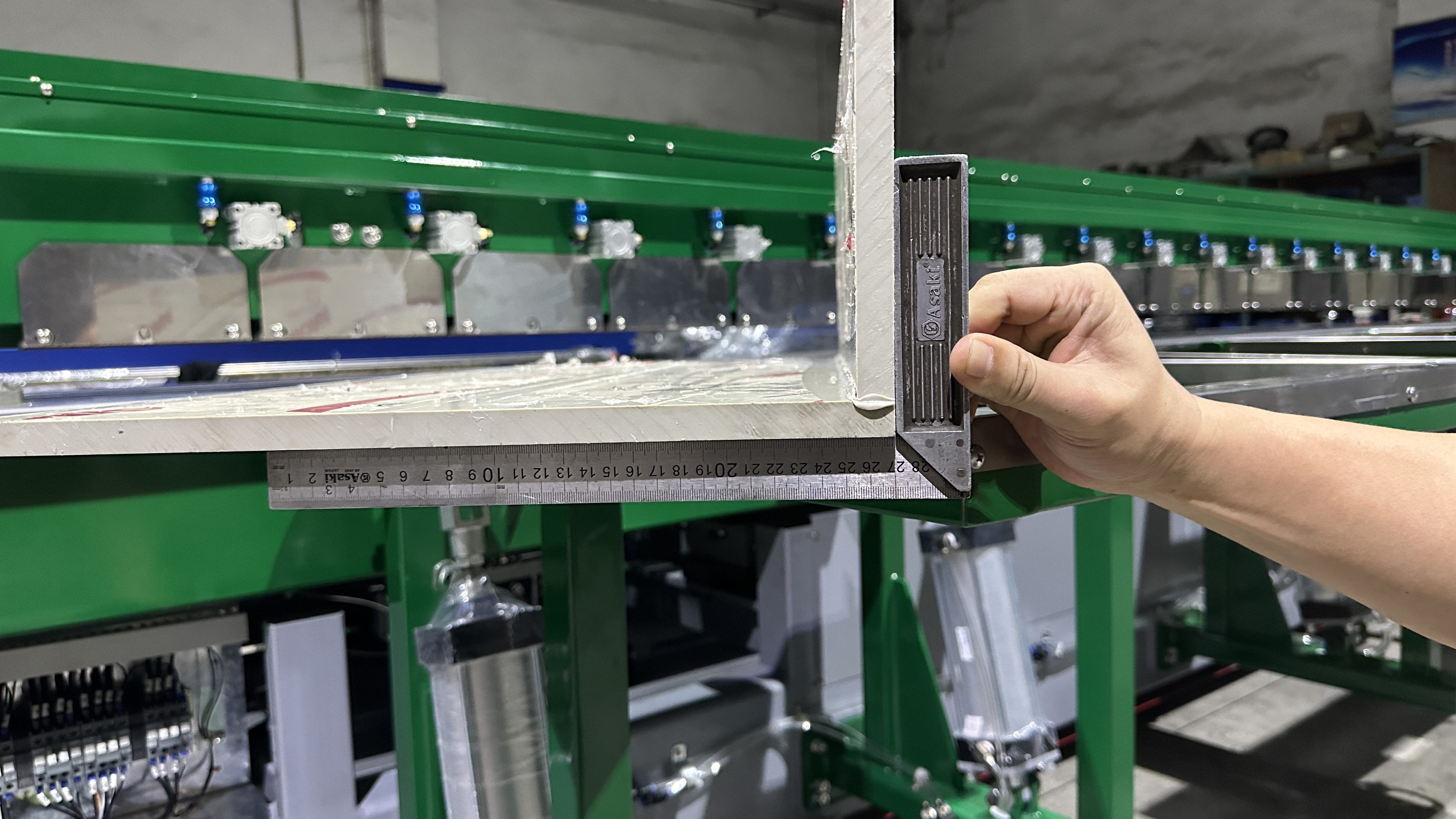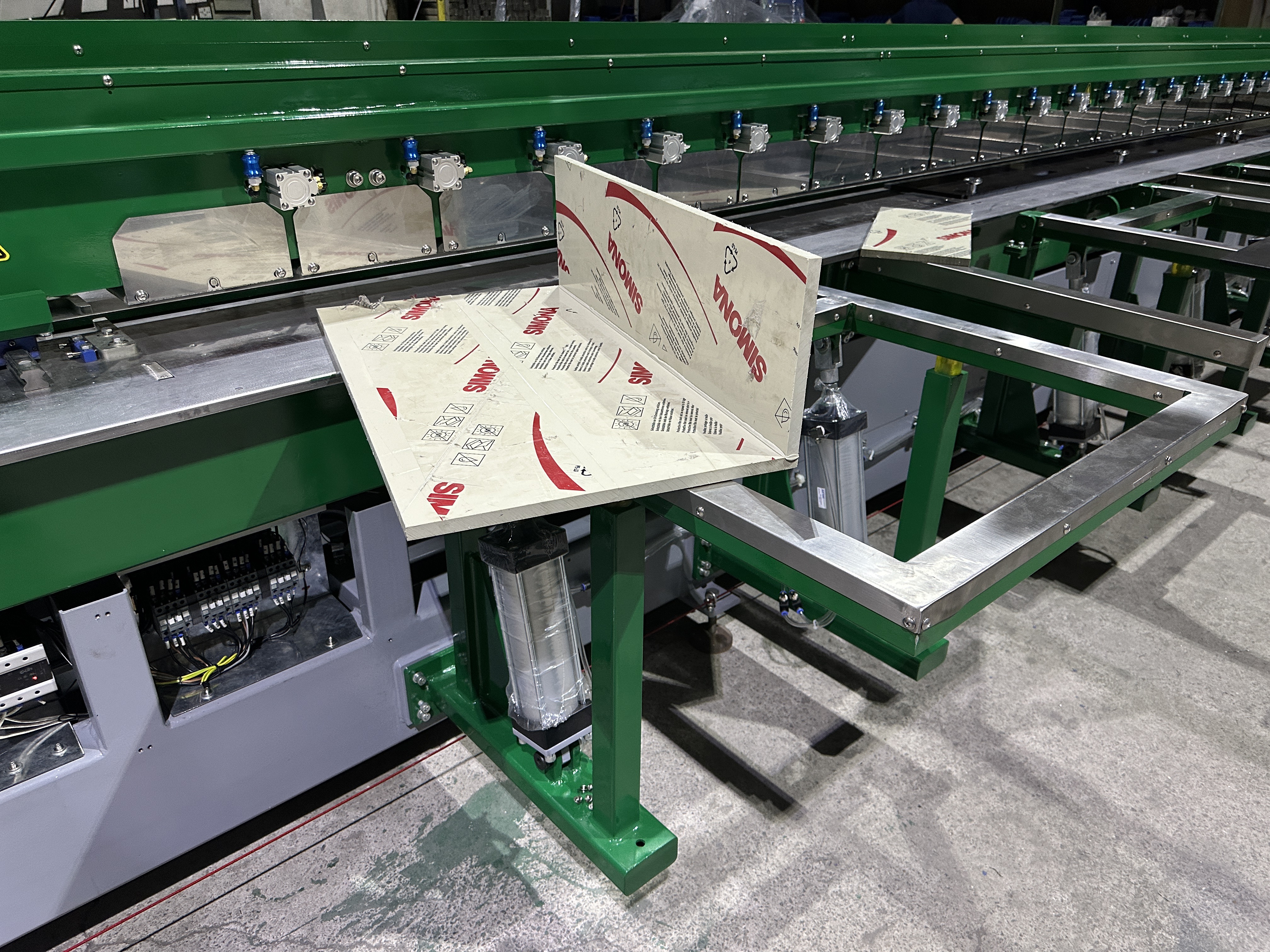What Is a Plastic Sheet Butt Fusion Welder and How It Works

A plastic sheet butt fusion welder allows you to create seamless bonds by heating and pressing plastic edges together. Industries rely on it for tasks like fabricating geomembranes, joining automotive components, and sealing packaging. This method ensures leak-proof joints, eliminates adhesives, and delivers durable results for thermoplastics like PVC, PE, PP, and PVDF.
Key Takeaways
Start with clean, smooth surfaces to ensure a high-quality weld; use lint-free cloths and appropriate cleaners to remove contaminants.
Accurate alignment of plastic sheets is crucial; double-check positioning to prevent weak joints and ensure structural integrity.
Maintain optimal temperature and pressure during the welding process; set the heating plate between 400°F and 450°F and keep fusion pressure around 60 psi for best results.
How the Butt Fusion Process Works

Cleaning the Plastic Sheets
You must begin by cleaning the plastic sheets thoroughly. Dirt, grease, or debris on the edges can compromise the weld quality. Use a clean, lint-free cloth and an appropriate cleaning solution to remove contaminants. This step ensures that the surfaces are ready for a seamless bond.
Clamping the Sheets in Place
Once the sheets are clean, secure them in the welding machine. Proper clamping prevents movement during the process, which is critical for alignment. Misaligned sheets can lead to weak joints or uneven welds. Double-check the positioning to ensure the edges meet perfectly.
Heating the Edges
The next step involves heating the edges of the plastic sheets. The welding machine uses a heated plate to soften the material. Ensure the plate reaches the correct temperature before proceeding. This step prepares the plastic for fusion by creating a molten layer on the edges.
Fusing the Sheets Together
After heating, press the softened edges together with controlled pressure. The molten layers merge, forming a strong bond. Maintain steady pressure throughout this step to avoid gaps or weak spots in the weld. This is the core of the butt fusion process, ensuring durability and precision.
Cooling the Welded Joint
Allow the welded joint to cool naturally while keeping the sheets clamped. Cooling solidifies the bond and restores the material's structural integrity. Avoid disturbing the joint during this phase to prevent defects. Once cooled, inspect the weld for uniformity and strength.
Types of Plastic Sheet Butt Fusion Welders
When selecting a butt fusion machine, understanding the different types available is essential. Each type offers unique features and benefits tailored to specific project needs.
Manual Butt Fusion Welders
Manual butt fusion welders are the most basic type of plastic sheet welding machines. These require you to control every aspect of the process, including temperature, pressure, and alignment. Their simplicity makes them highly portable and cost-effective, ideal for small-scale projects or on-site repairs. However, they demand a skilled operator to ensure precision and consistency. While manual welders are affordable, they can be time-consuming and less efficient for larger tasks.
Semi-Automatic Butt Fusion Welders
Semi-automatic butt fusion welders strike a balance between manual and fully automatic machines. These machines automate some functions, such as temperature control, while still requiring you to adjust parameters like pressure. They feature a traditional system with a lighter frame, making them easier to transport. Semi-automatic welders are suitable for medium-scale projects where efficiency and portability are equally important. Although faster than manual welders, they consume more material due to the need for manual adjustments.
Fully Automatic Butt Fusion Welders
Fully automatic butt fusion welders are the most advanced option. These machines use a chip-controlled electro-hydraulic system to automate the entire welding process, from heating to cooling. Minimal operator input is required, reducing the risk of human error. Fully automatic machines are 3-4 times faster than semi-automatic ones, making them ideal for large-scale projects. Their heavy-duty design ensures durability and consistent performance. While the initial cost is higher, these machines save time and labor, offering significant cost-efficiency for high-volume operations.
Tip: For large-scale projects, fully automatic welders provide unmatched speed and precision. For smaller tasks, manual welders offer affordability and portability.
Best Practices for Effective Butt Fusion Welding
Ensuring Clean and Smooth Surfaces
Preparing the plastic sheets properly is critical for achieving a high-quality weld. Start by cutting the edges to ensure they are smooth and parallel. The gap between the edges should not exceed 0.3mm. Use a clean, lint-free cloth or paper towel to remove dirt, grease, and debris from the surfaces. For stubborn contaminants, apply an alcohol-based cleaner or a manufacturer-recommended solution. Additionally, clean the clamps on the welding machine to prevent dirt from interfering with the process. These steps ensure the surfaces are ready for a seamless fusion joint.
Proper Alignment of Plastic Sheets
Accurate alignment is essential for a durable weld. Secure the plastic sheets firmly in the welding machine to prevent movement during the process. Misalignment can weaken the fusion joint and compromise the structural integrity of the material. Double-check that the edges meet evenly before initiating the welding process. Using a machine with precise clamping mechanisms can help you achieve consistent results.
Maintaining Optimal Temperature and Pressure
Controlling temperature and pressure is vital for the success of the welding process. Set the heating plate to a temperature between 400°F and 450°F. Maintain a fusion pressure of approximately 60 psi, adjusting based on the material specifications. For HDPE welding, ensure the interfacial pressure stays within the range of 60 to 90 psi. Consistently monitoring these parameters prevents overheating or underheating, which can affect the quality of the weld.
Parameter | Recommended Range |
|---|---|
Heating Plate Temperature | 400°F to 450°F |
Fusion Pressure | 60 psi (approx.) |
Regular Maintenance of Welding Equipment
Proper maintenance extends the lifespan of your welding equipment and ensures consistent performance. Follow the manufacturer’s maintenance schedule and train operators in proper equipment handling. Before each use, inspect the machine for damage or wear. Clean the heater plates regularly to maintain their Teflon coating and prevent material buildup. Protect cords and wires from damage to avoid downtime. Always power off and cool the equipment before performing maintenance. These practices help you achieve reliable results and maintain the safety of your workspace.
Note: Regular maintenance not only improves weld quality but also reduces the risk of equipment failure during critical projects.
A plastic sheet butt fusion welder is indispensable for achieving precise and durable bonds. Key factors like high-pressure melting cycles, low-pressure heating, and minimal changeover time ensure optimal results. MM-Tech’s welding machine lineup, including hydraulic models for hdpe and other thermoplastics, combines advanced design with reliable service, making it a trusted choice for professionals.
FAQ
What materials can you weld with a plastic sheet butt fusion welder?
You can weld thermoplastics like PVC, PE, PP, and PVDF. These materials soften under heat, allowing seamless fusion for durable joints.
How do you ensure a strong weld?
Clean the surfaces, align the sheets accurately, and maintain optimal temperature and pressure. Follow the machine's guidelines for consistent and reliable results.
Can beginners use a manual butt fusion welder?
Yes, but it requires practice. Beginners should start with smaller projects and follow the machine's instructions carefully to achieve precise welds.
Tip: For easier operation, consider semi-automatic or fully automatic welders.
See Also
Best Three HDPE Pipe Welding Machines for 2024
CALL US DIRECTLY
NO.355, Youyi South Street, Qiaoxi District, Shijiazhuang, Hebei, China.
www.hdpeweldingmachine.com david@peweldingmachine.com
